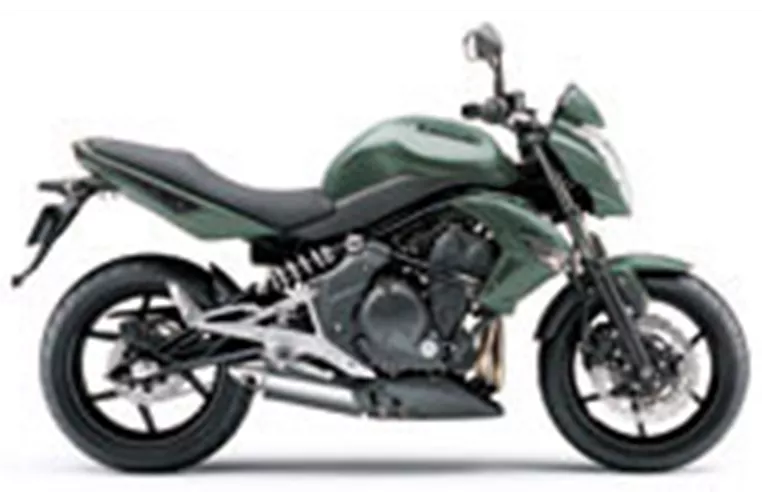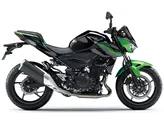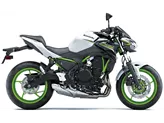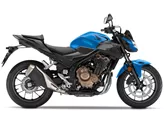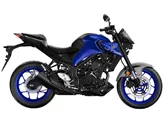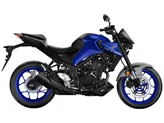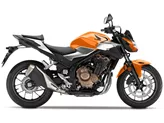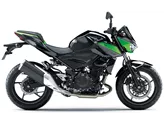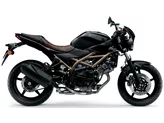Kawasaki ER-6n 2011 vs. Kawasaki Z 400 2019

Kawasaki ER-6n 2011

Kawasaki Z 400 2019
Vue d’ensemble - Kawasaki ER-6n 2011 vs Kawasaki Z 400 2019
The Kawasaki ER-6n model year 2011 and the Kawasaki Z 400 model year 2019 are both naked bikes with similar technical specifications. Both bikes have an in-line engine, liquid cooling, and a steel frame. However, there are several differences between the two models.
In terms of engine power, the Kawasaki ER-6n 2011 has a more powerful engine with 72 HP compared to the Kawasaki Z 400 2019, which has 45 HP. The ER-6n also has a higher torque of 66 Nm compared to the Z 400's 38 Nm. This means that the ER-6n will provide a more powerful and responsive ride.
In terms of weight, the Kawasaki Z 400 2019 is significantly lighter than the ER-6n 2011. The Z 400 has a kerb weight of 167 kg, while the ER-6n weighs 208 kg with ABS. This lighter weight makes the Z 400 more agile and easier to handle, especially for novice riders.
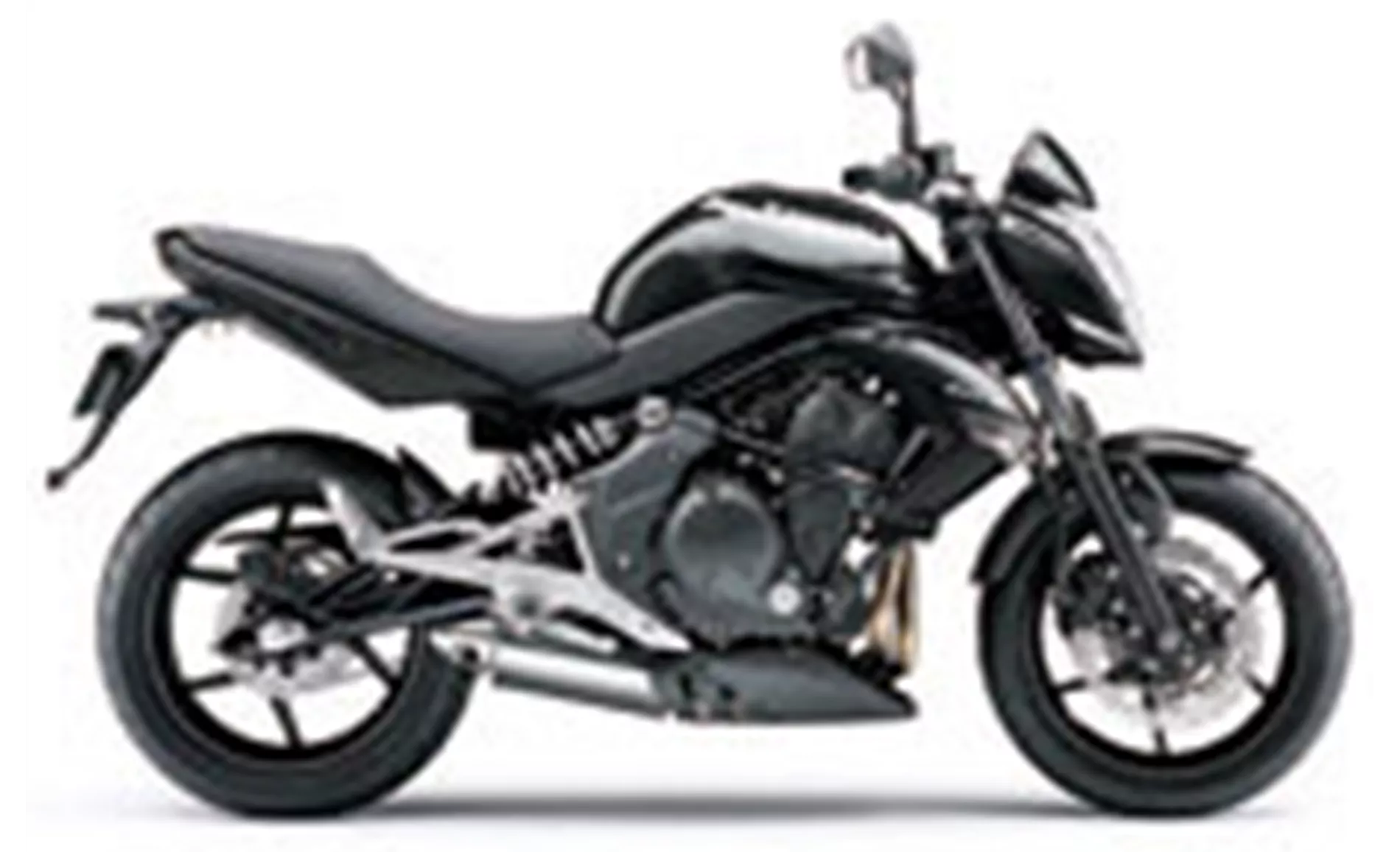
Kawasaki ER-6n 2011
The dimensions of the two bikes also differ. The Z 400 has a slightly shorter wheelbase of 1370 mm compared to the ER-6n's 1410 mm. The seat height of the Z 400 is also slightly lower at 785 mm compared to the ER-6n's 790 mm. These differences in dimensions may result in slightly different riding positions and handling characteristics.
In terms of braking, both bikes have double piston front brakes with petal technology. However, the ER-6n has double disc brakes, while the Z 400 has a single disc brake. This means that the ER-6n may provide better braking performance and control.
Both bikes have monoshock rear suspension, which helps provide a comfortable ride. The ER-6n has wider front and rear tires compared to the Z 400, with a front tire width of 120 mm and a rear tire width of 160 mm. The Z 400 has a front tire width of 110 mm and a rear tire width of 150 mm. These differences in tire width may affect the bike's handling and grip on the road.
In terms of fuel capacity, the ER-6n has a larger fuel tank with a capacity of 15.5 liters, while the Z 400 has a smaller tank with a capacity of 14 liters. This means that the ER-6n may have a longer range before needing to refuel.

Kawasaki Z 400 2019
In terms of strengths, the ER-6n has ABS, wider handlebars, a slimmer waist, increased intake noise, a comfortable seat, and an uncomplicated chassis. On the other hand, the Z 400 has a great, very controllable power delivery, low weight, a good seating position, great sound, and is very suitable for novice riders.
In terms of weaknesses, the ER-6n does not have any listed weaknesses. However, the Z 400 has non-adjustable clutch and brake levers, as well as a limited adjustable chassis. These limitations may affect the bike's customization options and overall comfort for the rider.
In conclusion, the Kawasaki ER-6n 2011 and the Kawasaki Z 400 2019 have their own strengths and weaknesses. The ER-6n offers more power and a larger fuel tank, while the Z 400 is lighter and more suitable for novice riders. Ultimately, the choice between the two models will depend on the rider's preferences and priorities.
Caractéristiques techniques Kawasaki ER-6n 2011 par rapport à Kawasaki Z 400 2019
Avantages et inconvénients en comparaison
Avantages et inconvénients en comparaison
Kawasaki ER-6n 2011
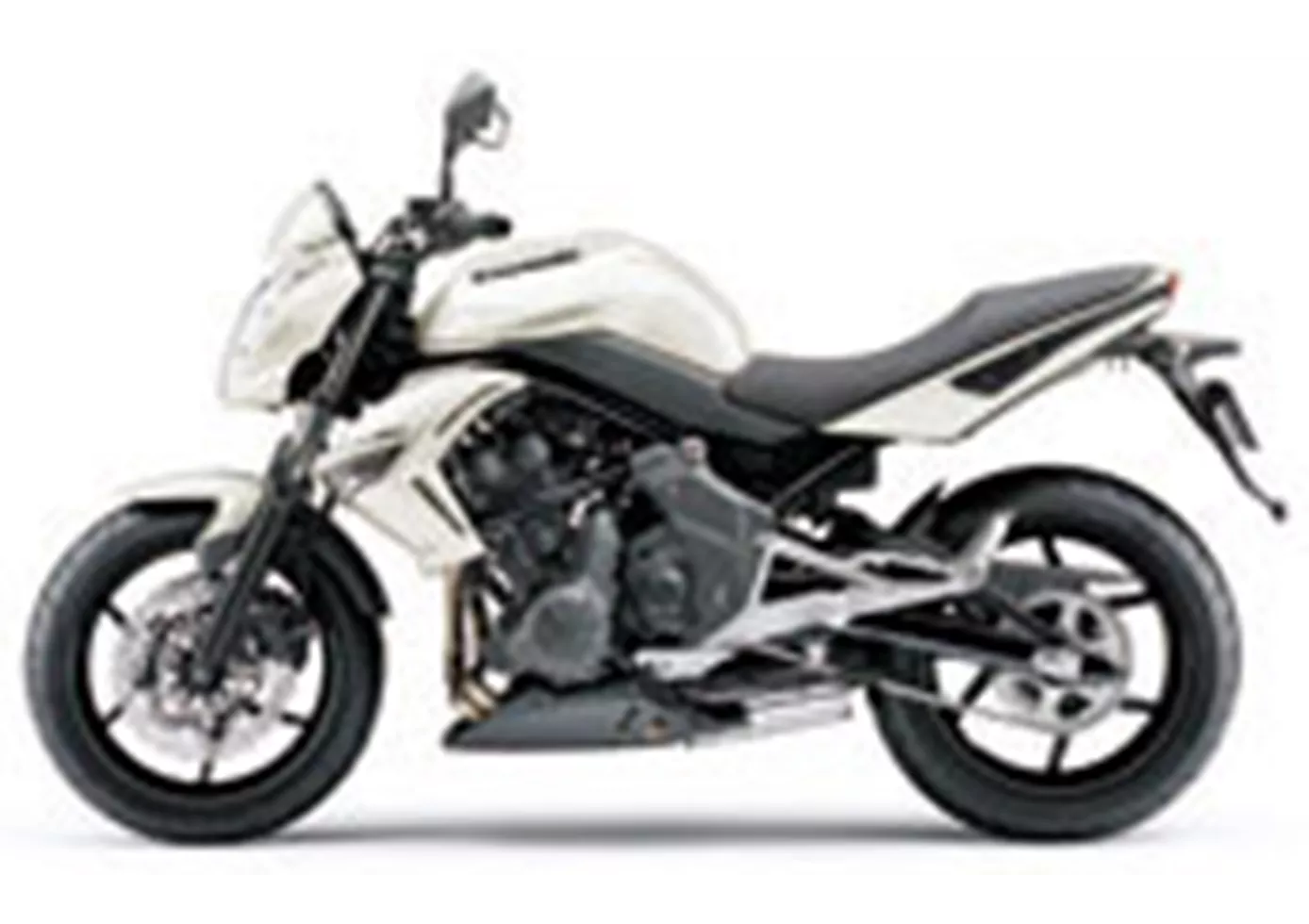
Un ensemble aussi cohérent avec des détails aussi fins n'existe nulle part ailleurs à ce prix. L'ER-6n a retrouvé un peu de piquant sur le plan visuel et dynamique et est plus amusante que jamais.
Kawasaki Z 400 2019

La Kawasaki Z400 est en tout cas une belle évolution du modèle précédent Z300. Plus de puissance, moins de poids - tout simplement une moto encore meilleure. Le développement linéaire de la puissance et l'excellente maniabilité font de la Z400 une moto idéale pour les débutants. La facilité d'actionnement de l'embrayage et la bonne configuration du châssis vont également dans ce sens, raison pour laquelle la Z400 peut être recommandée sans hésitation aux pilotes débutants.
Comparaison des prix Prix moyen du marché Kawasaki ER-6n vs Kawasaki Z 400
There are a few key differences between a Kawasaki ER-6n 2011 and a Kawasaki Z 400 2019. In terms of price, the actual average price of a Kawasaki Z 400 2019 is about 27% higher. A Kawasaki ER-6n 2011 experiences a loss of 230 USD in one year of ownership. This is offset by a loss of 270 USD for a Kawasaki Z 400 2019. Compared to Kawasaki Z 400 2019 there are less Kawasaki ER-6n 2011 bikes available on the 1000PS.de Marketplace, specifically 5 compared to 6. It takes less time to sell a Kawasaki ER-6n with 49 days compared to 99 days for a Kawasaki Z 400. Since model year 2006 1000PS.de editors have written 16 reviews for the Kawasaki ER-6n and 8 reviews for the Kawasaki Z 400 since model year 2019. The first review for the Kawasaki ER-6n was published on 6/29/2005 and now has more than 11,200 views. This compares to more than 23,200 views for the first review on Kawasaki Z 400 published on 10/2/2018.
